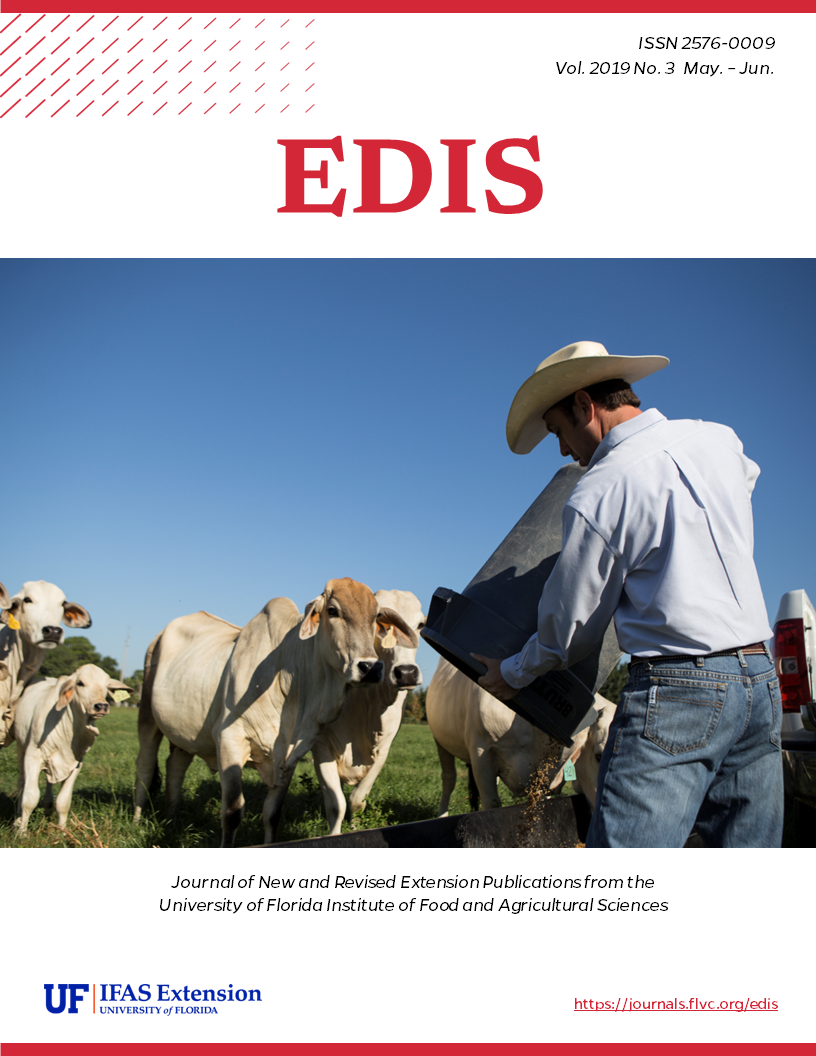Abstract
The giant burrowing mayfly, Hexagenia limbata (Serville, 1829) (Figure 1) is one of the most widespread mayflies in North America and is well known for its importance in ecosystem health and water quality monitoring. The mayflies (order Ephemeroptera) are an ancient lineage of aquatic insects originating more than 300 million years ago (Merritt and Cummins 2008). Within this order, the burrowing mayflies of the family Ephemeridae are well-known for their importance in fly fishing and their massive synchronized mating flights.
https://edis.ifas.ufl.edu/in1244
Also published on the Featured Creatures website: http://entnemdept.ufl.edu/creatures/AQUATIC/mayfly.html
Unless otherwise specified, articles published in the EDIS journal after January 1, 2024 are licensed under a Creative Commons Attribution-NonCommercial-NoDerivs 4.0 International (CC BY-NC-ND 4.0) license.


